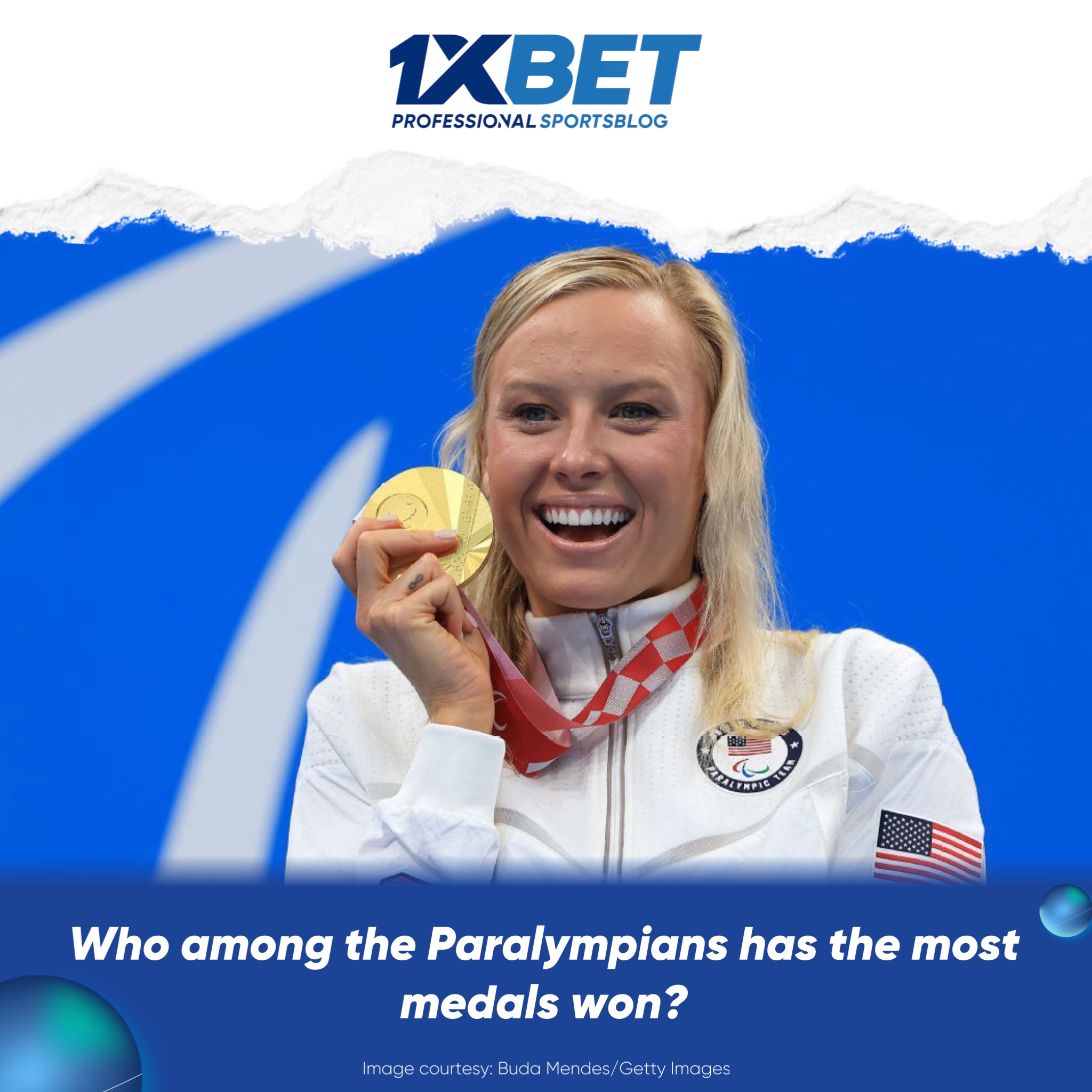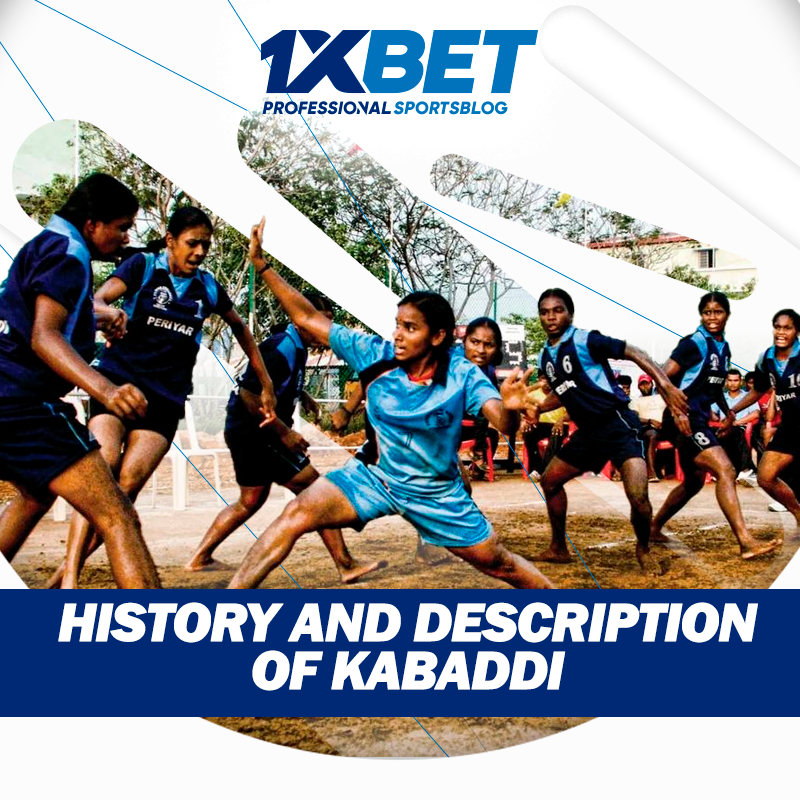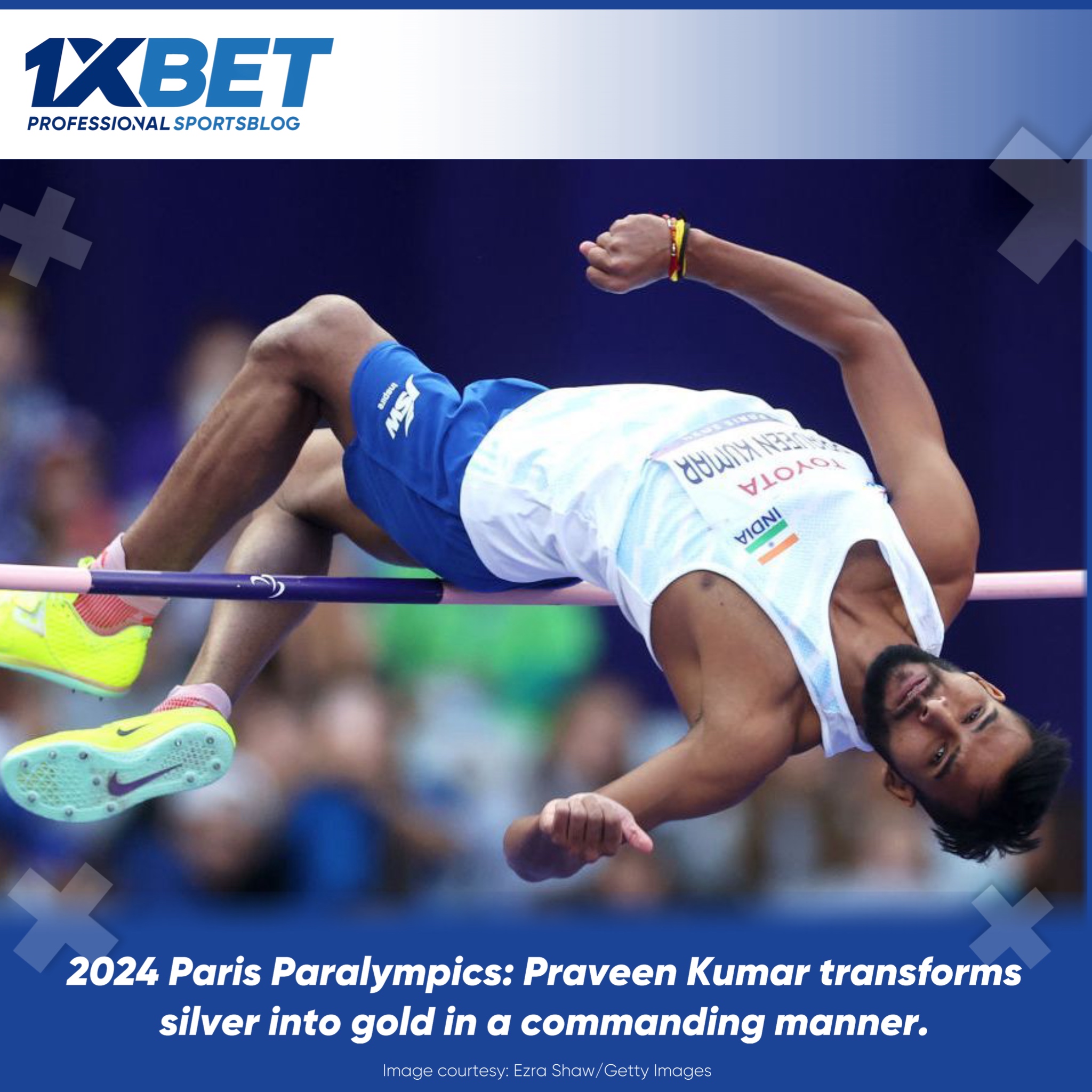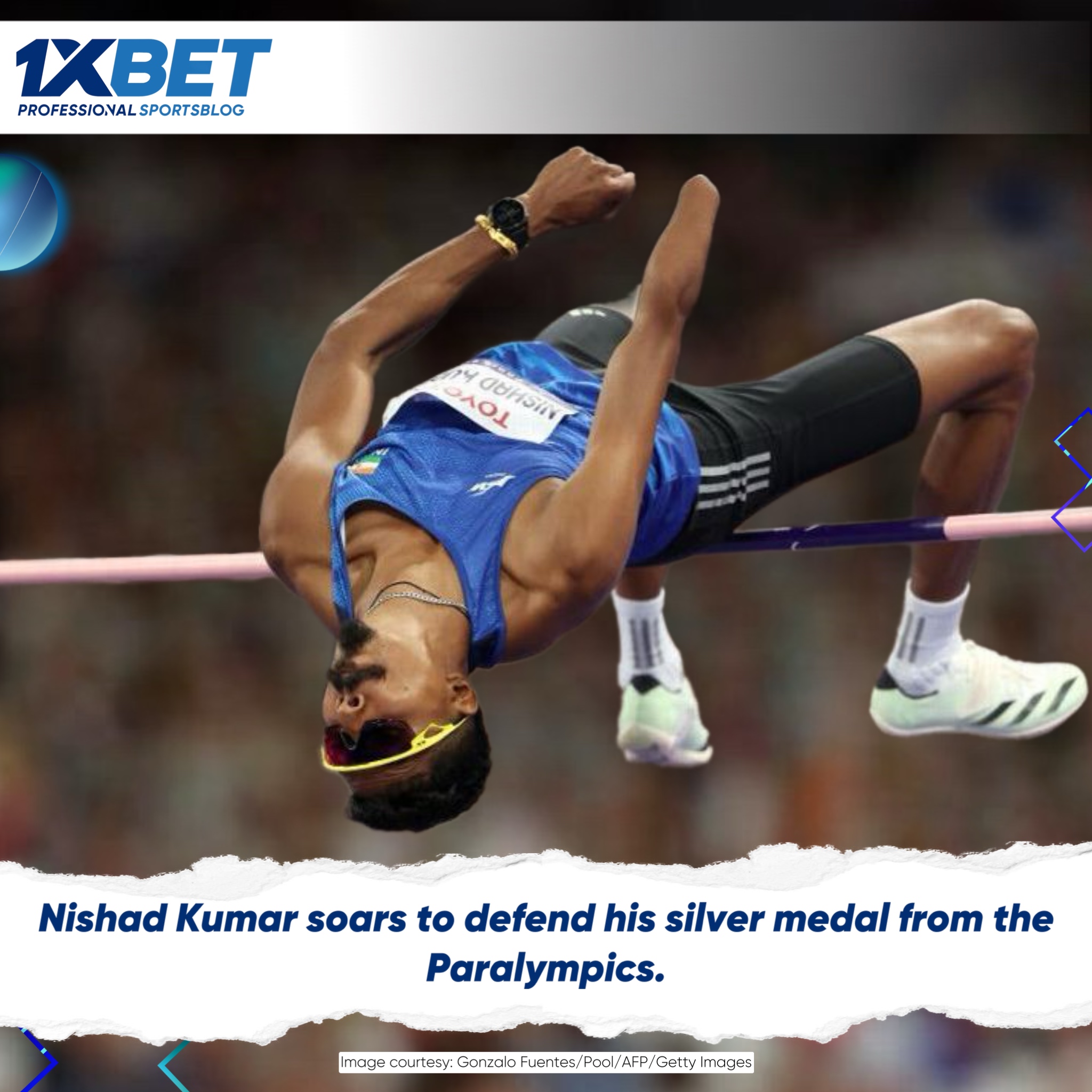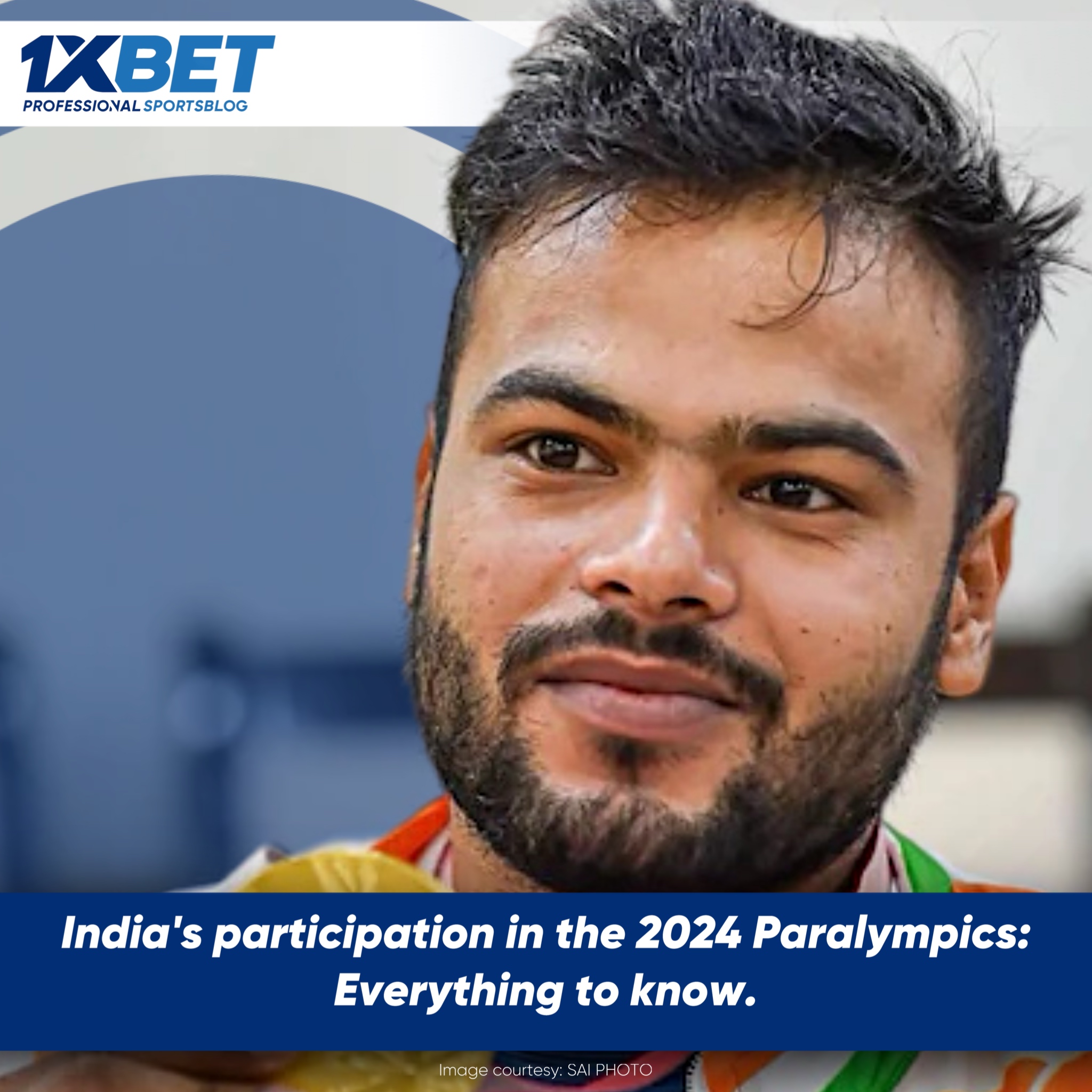The Rise of India in Paralympics: A Testament to Determination

India is making history here." said Devendra Jhajharia, the first Indian para-athlete to win two Paralympics gold medals. As the President of the Paralympic Committee of India, his claim that India would win at least 25 medals in the Paris Paralympics was bold. But ten days later, India closed their Paralympic campaign with a record 29 medals - four more than he predicted.
This accomplishment was not an overnight success. It is the result of decades of struggle, grit and change, especially remembering Jhajharia's humble beginnings when he self-funded his participation in the 2004 Athens Paralympics and came back a gold medallist with little public recognition.
A significant turning point was the 2016 Rio Paralympics which brought a much-needed visibility and appreciation to para-sports in India. As Jhajharia, Mariyappan Thangavelu, Deepa Malik, and Varun Bhati turned into household names, their success created a ripple effect. They received substantial cash awards from both central and state governments which not only validated their efforts but also inspired others to see a viable future in para-sports. A prime example being Nithya Sre Sivan, who as an 11-year-old saw her future in para-badminton after watching the 2016 Paralympics and went on to win a bronze in women's singles SH6 in 2024.
The role of government schemes like the Target Podium Olympic Scheme (TOPS) and Khelo India was also instrumental in this rise. Sponsoring 62% of India's para-athletes in Paris, these schemes provided essential support allowing athletes to train abroad, purchase necessary equipment, participate in international events and receive a monthly stipend. This has propelled athletes like Sumit Antil and Sharad Kumar towards international success, illustrating that India's place in global parasports can only go up from here.

